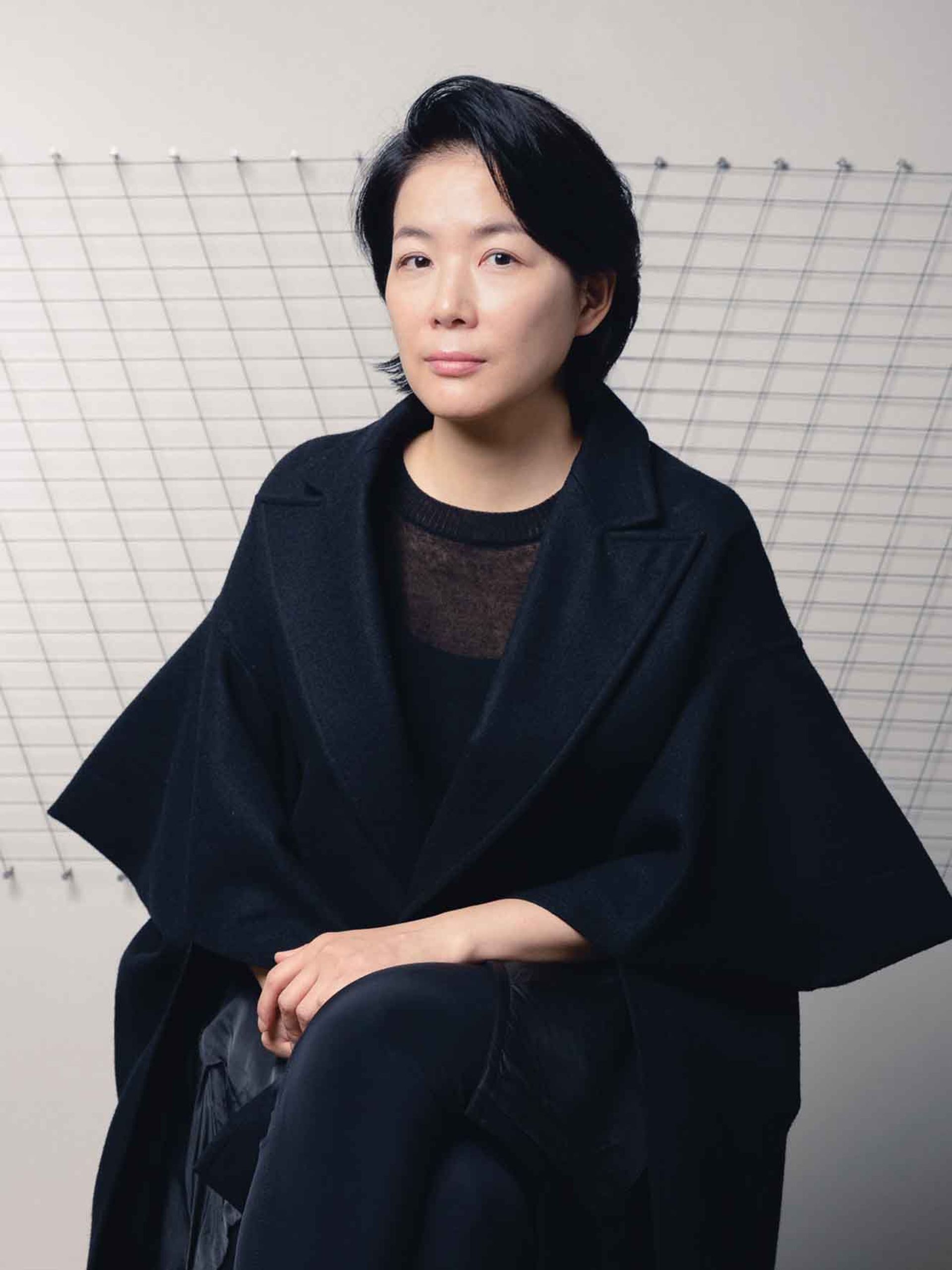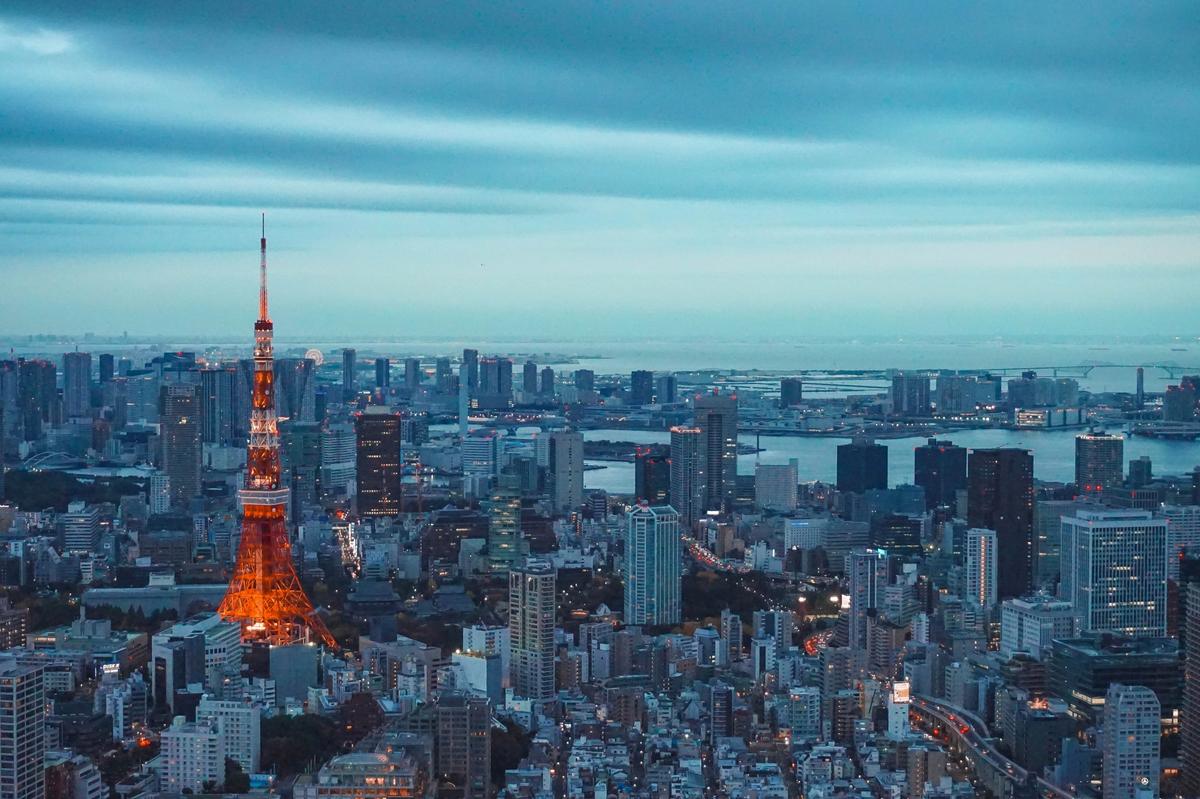Tokyo unveils a new art week this November, featuring 50 of the Japanese capital’s galleries and museums, with the aim of unifying and internationalising the city’s art scene. Organisers the Japan Contemporary Art Platform, with support from Art Basel, Japan’s Agency for Cultural Affairs and the Contemporary Art Dealers Association Nippon (CADAN), say this year’s soft launch, from 4 to 7 November, presages ambitions for a more international event next year.
Interestingly, the event is also supported by Art Basel and, Adeline Ooi, Art Basel’s Asia director, says her team is "advising the organisers" and "providing access to our regional and international network." But, she stresses, “Hong Kong remains the home of our Art Basel show in Asia and we have no plans to launch Art Basel in Tokyo”.
With Japan’s borders closed except to citizens and residents, “there is a concern that the art scene, and especially the domestic market, could take an inward turn”, says the event’s founding director Atsuko Ninagawa, the owner and director of Take Ninagawa gallery and a co-founder of the South South digital platform. “That is why one of the missions of Art Week Tokyo is [long-term] to open up the convivial aspect of the Japanese art ecosystem to international visitors.”

Atsuko Ninagawa
Photo by Katsuhiro Saiki
While Japan has a vibrant, long-established Modern and contemporary art scene, “historically there has often been a lot of atomisation between different artistic circles, generations and the public, which is why past attempts at large-scale art events have never quite taken root in Tokyo”, Ninagawa says. Moreover, “Tokyo is such a huge city that even many long-term residents have an incomplete picture of it, and the art scene is very dispersed within this”. Ninagawa hopes Art Week Tokyo can unify the art scene around a celebration of that “dynamism and diversity”.
The event will offer Art Mobile bus tours playing sound art between venues, and also involve artist spaces such as Takashi Murakami’s Kaikai Kiki Gallery, 4649, Fig. and XYZ collective. Six museums are participating, with Mori Art Museum showing 16 groundbreaking women artists from around the world, including Senga Nengudi, Etel Adnan and Carmen Herrera. The National Museum of Modern Art, Tokyo, will explore the history of the Mingei folk crafts movement, and the Tokyo Photographic Art Museum continues its series on contemporary Japanese photography. Commercial galleries include pioneers Tokyo Gallery + BTAP, founded in 1950, and other dealers such as Taka Ishii, Ota, SCAI the Bathhouse and Mujin-to Production, which will show Sachiko Kazama’s woodblock prints about the Tokyo Olympics and Covid-19.

Anna Boghiguian's The Silk Road (2021). Installation view of Another Energy: Power to Continue Challenging—16 Women Artists from around the World at the Mori Art Museum, Tokyo
Courtesy of Hauser & Wirth, photo by Furukawa Yuya, photo courtesy of Mori Art Museum, Tokyo
“Despite the pandemic we have many of the leading voices from the Tokyo art scene—from some of the city’s most independently minded gallerists to alternative art spaces and a maverick like Takashi Murakami—committed to supporting Art Week Tokyo,” Ninagawa says. “Moreover, now that vaccinations are progressing, people here are ready to dive back into two of the most important aspects of art: seeing art in person, and meeting up to exchange ideas.”
Covid-19 precautions include temperature checks and provision of hand sanitiser, and in Japan “by convention almost all adults wear masks in public now, regardless of whether a venue has a mask-only policy or not”, Ninagawa says. “There have been no major closures among commercial galleries” during the pandemic, she says, “although some museums had to close during the periodic states of emergency, which affected their ticket revenues and future programming.” The Tokyo Olympics in the summer also ramped-up governmental funding of arts projects and institutions, Ninagawa says, providing a “positive boost for the Japanese art scene, both in deepening historical understanding and promoting emerging artists”.


